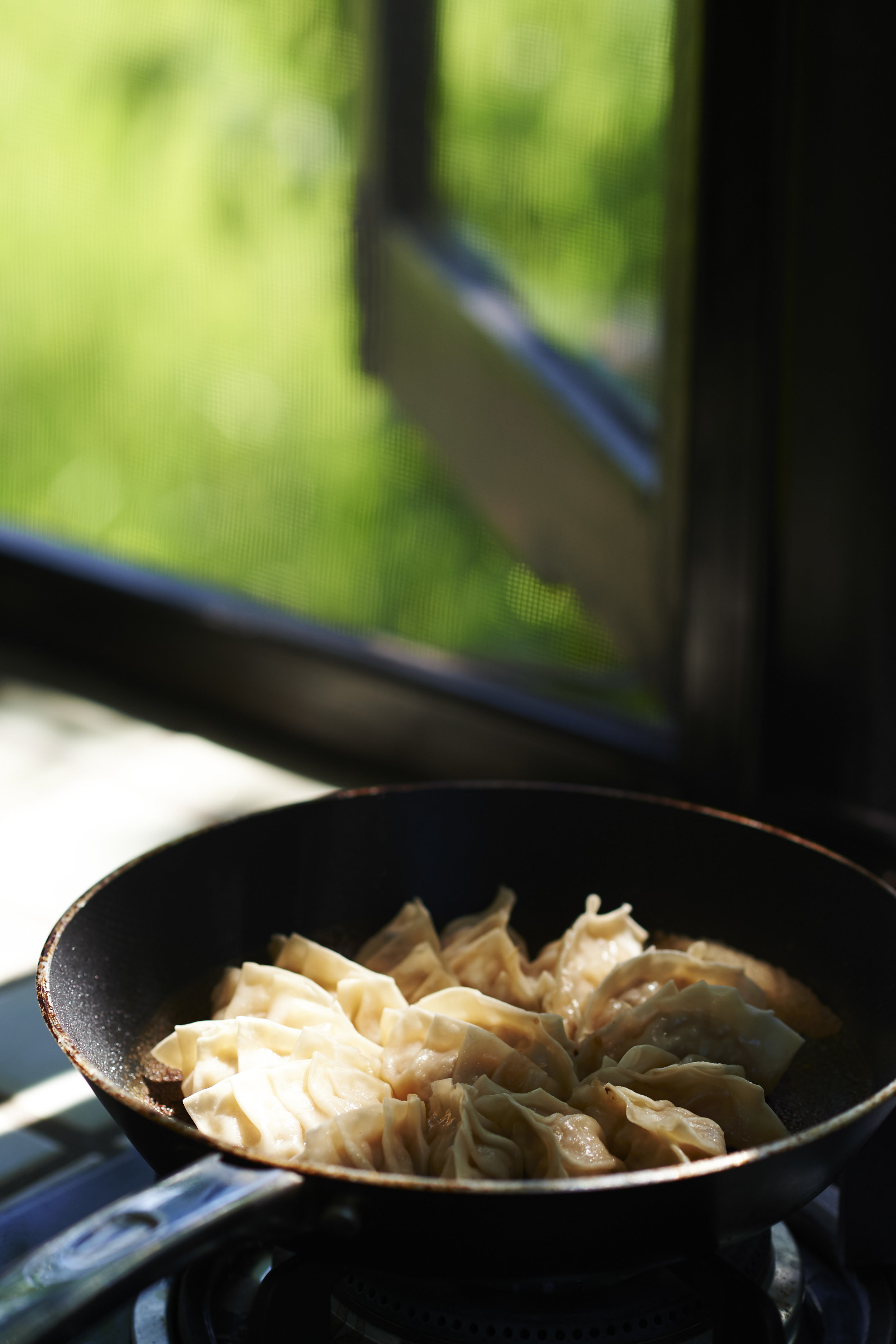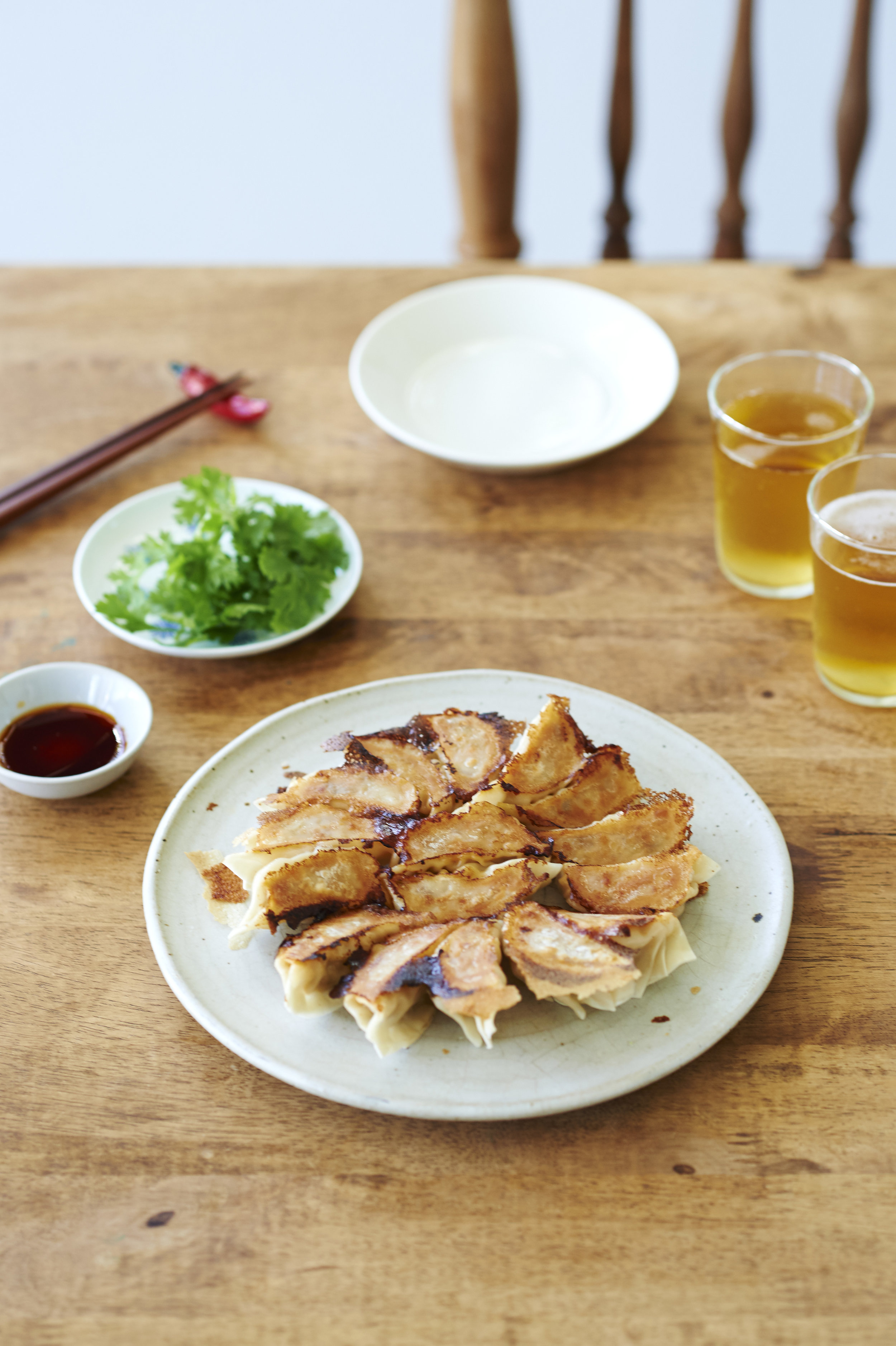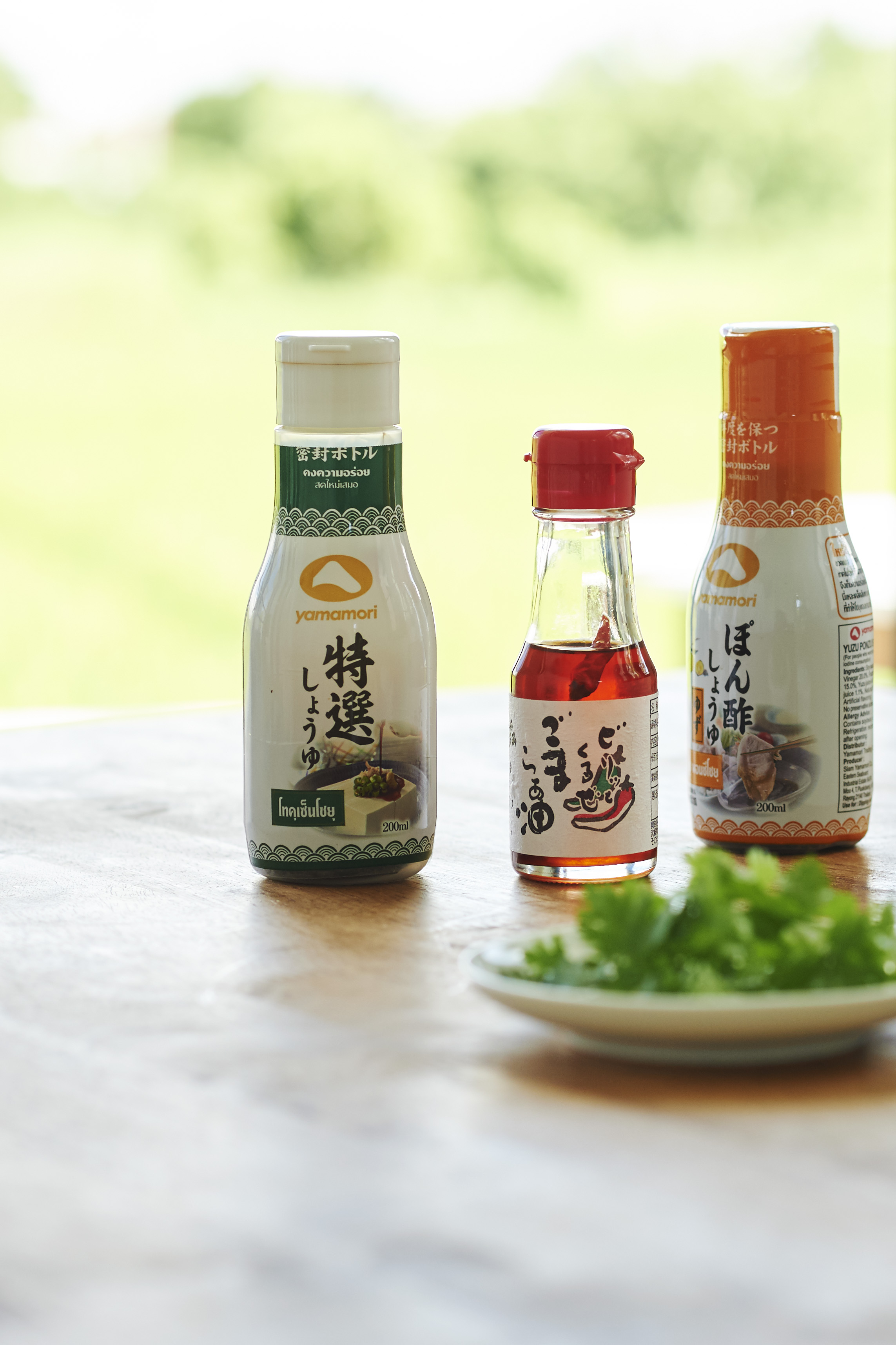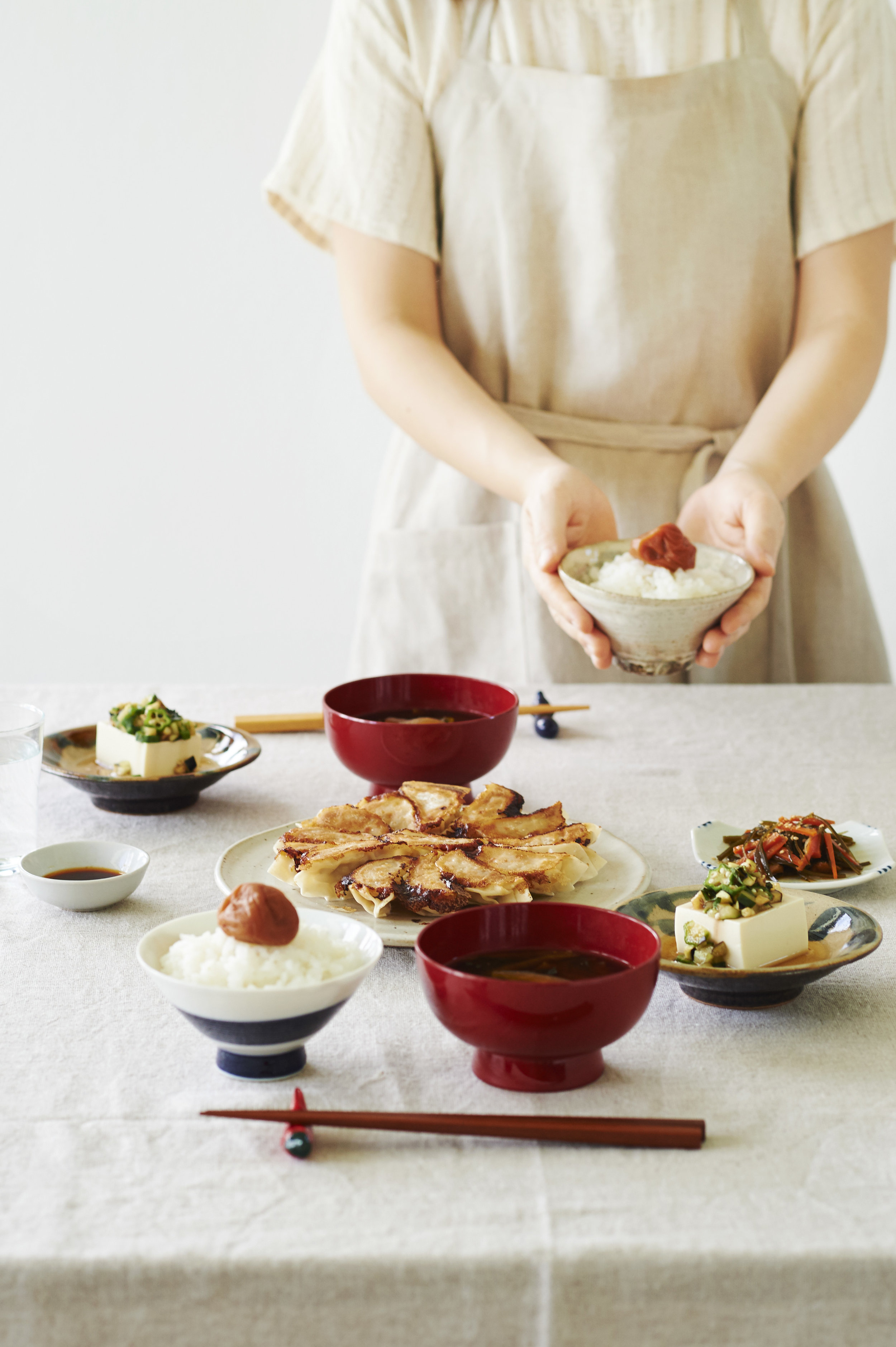The first volume of Away magazine was born when I discovered food as a way to revitalize my state of being. Having been heartbroken and feeling a painful sense of loneliness, I needed a creative outlet. So I chose to share comfort foods for lonely moments and recipes designed to promote eating with friends. All this was peppered with simple stories from my student years and presented in a natural and clean format. It was truly a humble project. I cooked all the food at home, took photographs with the only camera I had (a 35mm Canon F1) and designed the layout myself.
Little did I know that my homemade project born from heartbreak would be a turning point in my career! As a result of Away Magazine, I got job offers from publishing companies and kitchen brands to make cookbooks and cooking magazines. Over the last three years, I have travelled from country to country working closely with food experts and industry professionals. The photo-shoots are well planned, talented chefs make beautiful food, and I collaborate with experienced photographers. As a natural result, the quality of photos are easier to control, and - compared to my student magazine - making days - the final product is visibly more ‘perfect’. All this makes my job as a food stylist so much more easy.
Ironically though, this professional lifestyle is rarely conducive with the ‘revitalize state of being’ I had previously discovered through food. Working in the creative industry keeps you firmly on your toes. You need to keep up with new trends while pioneering ideas and approaches. Constantly thinking ahead can make ‘being present’ a real challenge. As contractual work built in momentum, I found myself rarely stopping to embrace the little things that bring me joy. There grew a distinct lacking in my life. Constantly changing locations, I seldom had a kitchen of my own to prepare and cook food.
It was only when I finally managed to set up a little kitchen - with nothing more than a mini rice-cooker and an electric pot - that I began to find presence again. At the end of a workday, I would unwind by slicing and dicing vegetables for dinner while the fragrance of steaming rice would fill me with an inner warmth. It wasn't long before I realized the cause of my growing discontent: I was treating food as job. Paying too much attention to how food looked, I was not enjoying cooking and eating like I used to.
Over these past few years - having once again found myself out of balance - I have come full-circle to realize the true beauty of food can not be caught in a photo, because the true beauty is the process of preparation and enjoyment of dining. I remember after one photo-shoot for a smoothie, we kept all the leftover vegetables and made Japanese curry from it. Thinking back to that meal - when we were all sweaty, tired and hungry - it was the best curry I have ever tasted.
With all that said, I am now truly excited that this - the second volume of Away Magazine - is a project of love, inspired by Japanese cuisine and delivered through a collaboration of friendship. I hope this love comes through in the flavors you taste!
Have fun in the kitchen,
Kim Anh Doan
Download digital edition here
A recipe from Away magazine vol.02
餃子
Gyoza
(Makes 32 pieces)
Ingredients
Gyoza wrappers (1 pack)
For the filling mixture:
150 g minced pork
150 g cabbage
1 Japanese leek
5-6 pieces dried shiitake mushroom
3 large cloves of garlic (grated)
1 ½ tbsp soy sauce
1 tbsp sake
1 tbsp sesame oil
1 tbsp oyster sauce
salt and pepper
To fry the gyoza:
60 ml water
2 tbsp sesame oil
Method
Soak shiitake mushroom in 100 ml water for 15 minutes, then remove.
Chop cabbage, Japanese leek, and shiitake mushroom finely.
Put all ‘mixture’ ingredients into large bowl and mix together well.
Let mixture stands for 15 minutes, allowing flavours to infuse.
To form dumplings, hold one wrapper in palm of open hand. Place tablespoon-sized amount of filling mixture in center of wrapper.
Dip index finger of free hand into water and use fingertip to lightly moisten outer ring of wrapper. (Wrappers should glisten lightly, with no water pooling around the edges.)
Gently fold wrapper in half, forming a semicircle; pleat two outer edges together, until mixture is neatly and fully enclosed.
Heat sesame oil in non-stick frying pan.
Carefully arrange gyoza in pan; avoid splashing oil!
Once all gyoza are in pan, pour water (60 ml) into pan.
Cook over medium heat until water evaporates; wait for gentle sizzling sound before turning off the heat.
Using thin spatula, gently move gyoza to ensure they are not stuck to pan.
Finally, to remove gyoza, place plate upside down over top of pan and -- holding plate and pan together firmly with potholders or oven mitts -- perform a ‘flip’ so that gyoza land on plate, fried-side up.
Tip: For the dipping sauce, try using/combining: Soy sauce, Ra-yu (chili oil), and Ponzu (Japanese Citrus Dipping Sauce).
Photography by Satomi







